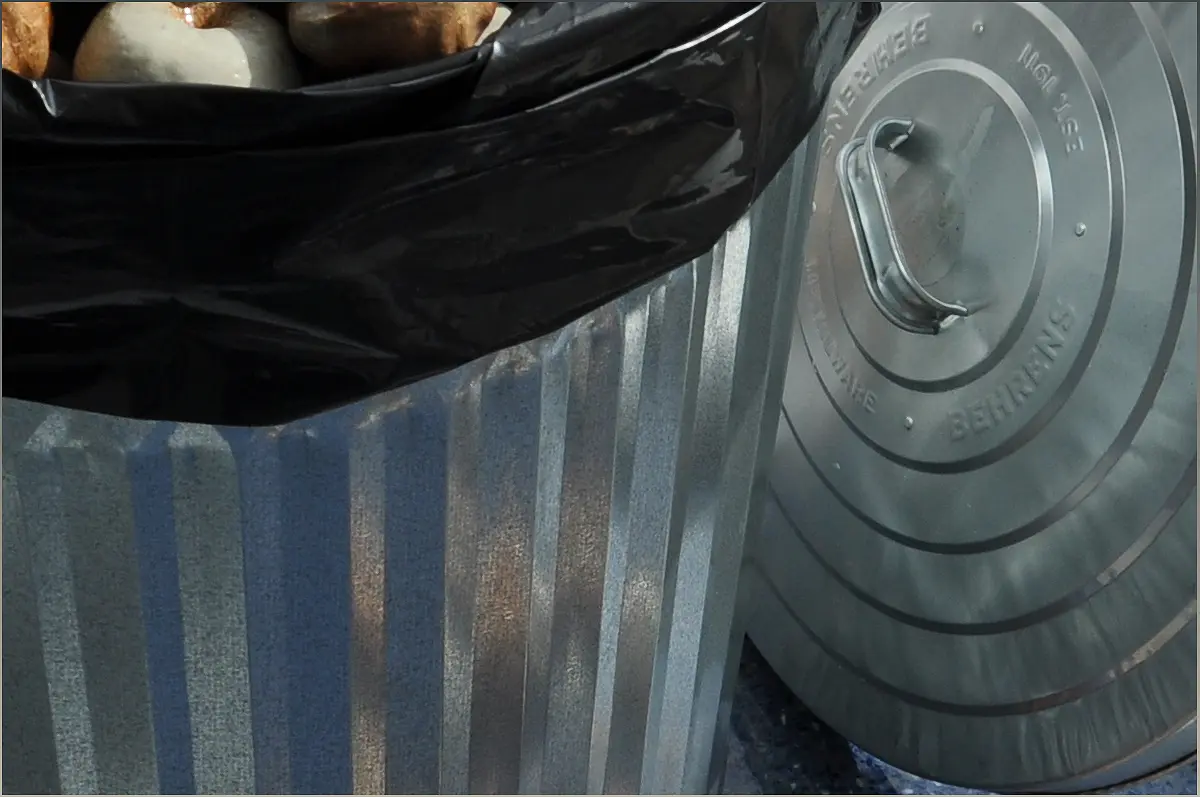Join McNeese State University's visual art students as they combine creativity and compassion in a unique event. In the Grand Gallery of the Shearman Fine Arts Annex, they will be hosting a food drive and art giveaway that aims to shed light on the issue of food waste in the United States. By exchanging nonperishable food items for ceramic fruits and vegetables, visitors will not only contribute to local food banks but also receive a beautiful piece of art in return. This temporary, activist-art installation serves as a powerful reminder of the nearly 20 pounds of wasted food per person each year in our country. Let's explore how this event provides an opportunity for McNeese visual arts students to learn new ceramics techniques and make a positive impact on their community.
Combining Art and Activism
Discover how McNeese State University's visual art students are using their creativity to make a difference.
Art has the power to transcend boundaries and create meaningful change. At McNeese State University, visual art students are harnessing this power by combining their artistic talents with a passion for activism. Through their food drive and art giveaway, they are not only raising awareness about food waste but also actively contributing to the community.
By creating ceramic fruits and vegetables, the students are making a powerful statement about the amount of food that goes to waste in the United States. These art pieces serve as a visual reminder of the issue and spark conversations about sustainable practices and responsible consumption.
Through their art, these students are using their voices to advocate for change. They are showing that art can be more than just a form of self-expression; it can be a catalyst for social transformation.
The Impact of Food Waste
Learn about the staggering amount of food wasted in the United States and its consequences.
Food waste is a pressing issue that affects not only our environment but also our communities. In the United States, nearly 20 pounds of food per person is wasted annually. This staggering amount of waste has significant consequences for both the economy and the environment.
When food goes to waste, valuable resources such as water, energy, and land are also wasted. Additionally, food waste contributes to greenhouse gas emissions, further exacerbating climate change. It is crucial that we address this issue and find sustainable solutions to reduce food waste.
By highlighting the problem of food waste through their art installation, the McNeese visual art students are encouraging viewers to reflect on their own consumption habits and take action to reduce waste. Through small changes in our daily lives, we can make a big difference in combating food waste and creating a more sustainable future.
Giving Back to the Community
Explore how the art giveaway allows the McNeese visual art students to contribute to local food banks.
The art giveaway organized by the McNeese visual art students is not only an opportunity for visitors to acquire unique pieces of art but also a chance to give back to the community. The nonperishable food items collected during the event will be donated to on-campus and community food banks.
By participating in the art giveaway, visitors are not only supporting the artistic endeavors of these talented students but also making a positive impact on the lives of those in need. This act of generosity and compassion showcases the power of art to bring people together and create positive change in our communities.
Through their collaboration with local food banks, the McNeese visual art students are demonstrating that art can be a force for good. They are using their creativity to address social issues and make a meaningful difference in the lives of others.
Conclusion
The food drive and art giveaway organized by McNeese State University's visual art students is a powerful example of how art can be used to address social issues and make a positive impact. Through their ceramic fruits and vegetables, they are raising awareness about the problem of food waste in the United States and encouraging viewers to reflect on their own consumption habits. By exchanging nonperishable food items for art, visitors not only contribute to local food banks but also become part of a larger movement towards sustainability and responsible consumption.

